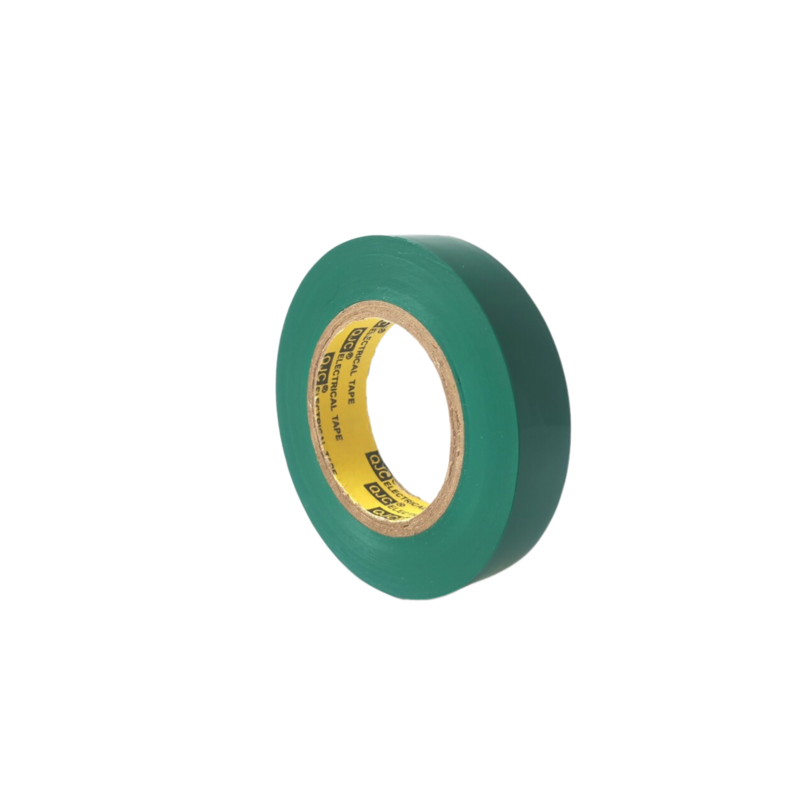The Importance of Hazard Floor Tape in Workplace Safety
In any workplace, maintaining a safe environment is crucial for the well-being of employees and visitors alike. One of the most effective yet often overlooked tools for enhancing safety is hazard floor tape. This specialized tape serves as a visual marker that helps to prevent accidents, improve organization, and ensure compliance with safety regulations. In this article, we will explore the importance of hazard floor tape, its applications, and best practices for effective use.
Understanding Hazard Floor Tape
Hazard floor tape is typically made from durable materials like vinyl, which can endure heavy foot traffic and various environmental conditions. These tapes are designed with bright colors and patterns, such as yellow and black stripes or red and white combinations, to attract attention. The distinct visibility of hazard tape separates it from regular floor marking tapes, making it an essential element in any safety strategy.
Enhancing Workplace Safety
The primary purpose of hazard floor tape is to enhance safety by clearly defining areas that may be dangerous or require caution. For example, areas near machinery, electrical hazards, or wet floors can be marked using hazard tape to alert workers. By providing clear visual cues, hazard tape helps to reduce the likelihood of slips, trips, and falls, which are among the most common workplace accidents.
Moreover, hazard floor tape is useful in delineating emergency exits, fire equipment locations, and evacuation paths. In the event of an emergency, employees can quickly identify safer routes, minimizing panic and confusion. By marking these critical areas, employers can adhere to OSHA regulations and create a more compliant workplace.
Applications in Various Settings
Hazard floor tape is versatile and can be used in numerous environments, from industrial facilities and warehouses to hospitals and retail stores. Here are some common applications
1. Industrial Settings In factories and warehouses, hazard floor tape can be used to demarcate walkways, machinery zones, and loading areas. This ensures that employees are aware of their surroundings and can navigate safely around potentially hazardous equipment.
2. Commercial Spaces In retail environments, hazard tape can indicate areas where customers should not enter or where maintenance is taking place. This not only protects customers but also helps in managing the workflow of staff.
hazard floor tape

3. Healthcare Facilities In hospitals and clinics, the use of hazard floor tape can guide patients and visitors while also indicating areas that may require extra caution, such as operating rooms or isolation wards.
4. Public Areas For event venues or large public spaces, hazard tape can be used to create temporary barriers or designate safe zones during events, ensuring a secure environment for attendees.
Best Practices for Effective Use
To maximize the benefits of hazard floor tape, organizations should follow some best practices
1. Proper Installation Ensure that the surface is clean and dry before applying the tape for optimal adhesion. Use appropriate tools to cut the tape neatly, and press it firmly to prevent lifting.
2. Regular Maintenance Inspect the tape regularly to check for wear and tear. Replace damaged or faded tape promptly to maintain its effectiveness as a safety marker.
3. Training Employees Educate staff about the meaning of different colors and patterns used in hazard tape. This knowledge is essential for fostering a safety-conscious culture within the organization.
4. Clear Communication In addition to the visual markers, consider adding verbal reminders or written notifications about the significance of hazard taped areas, especially for new employees or visitors.
Conclusion
In conclusion, hazard floor tape is an indispensable component of workplace safety. Its ability to visually communicate hazards, ensure compliance with regulations, and reduce accidents makes it a valuable tool for any organization. By understanding its applications and adhering to best practices, businesses can create a safer environment for their employees and guests. Investing in hazard floor tape is not just about compliance; it's about fostering a culture of safety that prioritizes the well-being of everyone in the workplace.
-
Self Amalgamating Tape: Waterproof Electrical Insulation & SealingNewsAug.30,2025
-
Self Amalgamating Tape: Waterproof Electrical & Pipe SealNewsAug.29,2025
-
Medium Voltage Fusion Tape | Self-Fusing Electrical InsulationNewsAug.28,2025
-
Butyl Rubber Tape for Ventilation PipesNewsAug.22,2025
-
Flex Tape Waterproof for Underground CablesNewsAug.22,2025
-
Flame Retardant Tapes for Circuit InsulationNewsAug.22,2025
